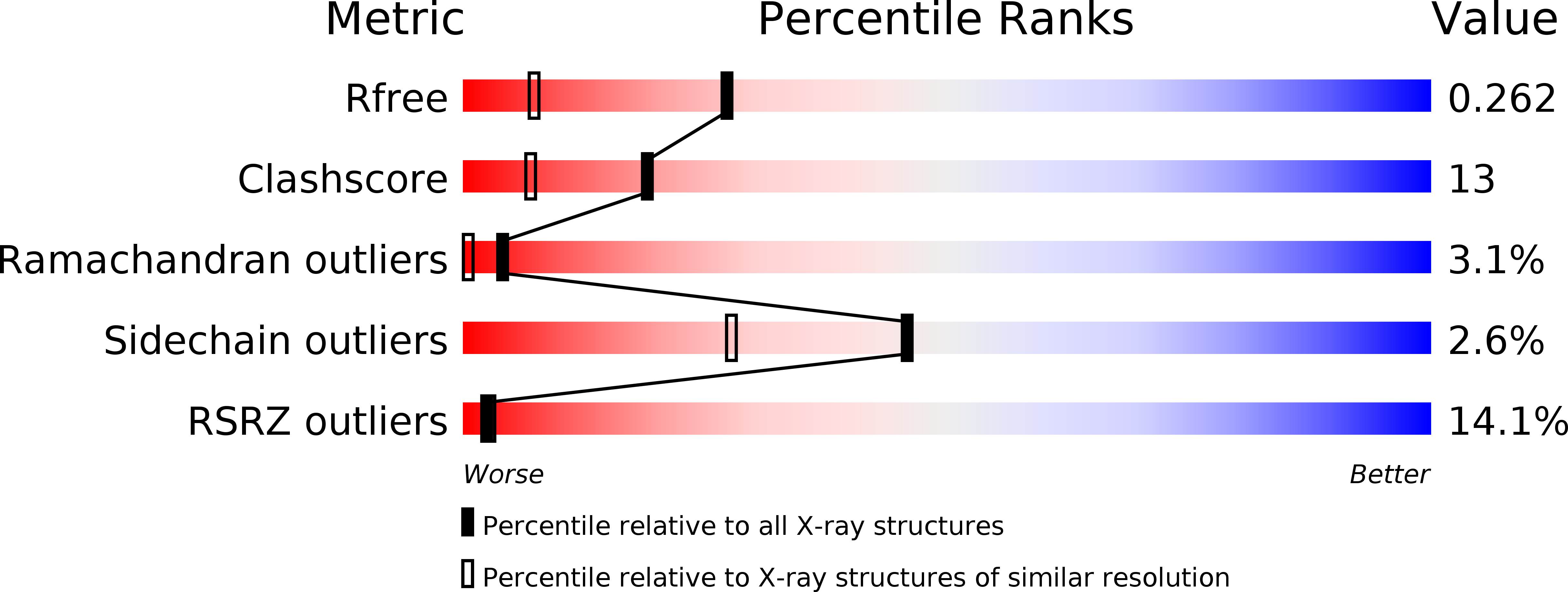
Deposition Date
2001-09-14
Release Date
2001-10-25
Last Version Date
2024-05-08
Method Details:
Experimental Method:
Resolution:
1.70 Å
R-Value Free:
0.26
R-Value Work:
0.23
R-Value Observed:
0.23
Space Group:
P 21 21 21


